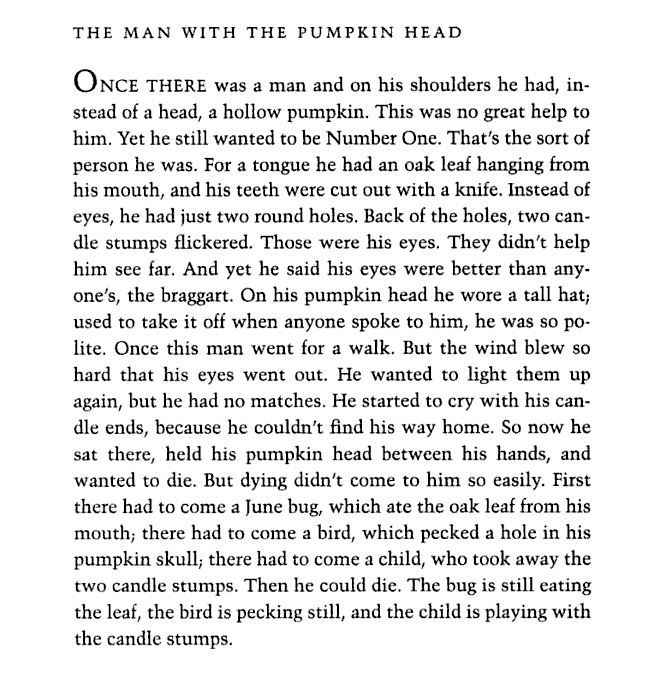
Frontline: Merchants of Cool deals with matters of teen consumption of entertainment. At the time this documentary was created in 2001, 75% of teens were receiving messages of “cool” through the TV sets they had in their rooms, in addition to the one-third of teens that had access to a computer. Through these platforms teens were being taught what was “in.”
“Cool hunting,” a term appearing in this documentary, is something teen market researchers do for a living to discover what is trending among this vulnerable age group. What they found is that 20% of teens are considered as the trendsetters. Also known as “early adopters” because they think ahead and define what is cool among their peers, market researchers seek out these teens in their own habitat to pick their brains on all things fashion, life, school, and dating. This is where it starts, which seems rather innocent but it goes deeper.
These market researchers then take their findings to huge sponsors who can then exploit teens based on what they know from teens themselves of what interests them and what’s trending. One of these major sponsors is Sprite. Their impact was felt when musicians and athletes appeared in their ADs. Part of this was mentioned during the feedback loop portion of the documentary where the formula to pull teens in is described as watching teens to see what they like, feeding them that image of themselves back to them and then they will see those images only to aspire to be like that, and the vicious cycle repeats. Teens are being fed these subliminal messages, influencing their attitudes and behaviors.
It was refreshing to hear however that there are rebels who are hip to what the commercial businesses are trying to accomplish, and they cannot be sucked into the commercial and consumption machine of today. They do their own thing, throwing forced messages on what’s considered cool, back into the faces of big businesses. In a way though, that in and of itself is a business too. If you’re going to be anti anything you are still part of a following even if that is not following mainstream.
 “Midriffs” and “mooks” on the other hand, as described in the documentary fell right in line with what was expected of them. Sexualization of girls and crude stupid behavior of boys. Imagery, the main culprit here (in the form of television) is what perpetuated these things in teens, who were referred to more often as kids throughout the documentary. This made me think about which terminology teens would actually prefer.
“Midriffs” and “mooks” on the other hand, as described in the documentary fell right in line with what was expected of them. Sexualization of girls and crude stupid behavior of boys. Imagery, the main culprit here (in the form of television) is what perpetuated these things in teens, who were referred to more often as kids throughout the documentary. This made me think about which terminology teens would actually prefer.

The second documentary, Frontline: Generation Like from 2014 came from a different perspective and time in regards to how teens determine “cool.” A lot can happen in a decade or more. Today we have many social media companies and applications that guide the social lives of and influence many teens. The appeal is far reaching with three quarters of teens having access to a smartphone, and even more having access to a desktop or laptop, and most going online everyday (Teens, Social Media & Technology Overview 2015 by Amanda Lenhart). It’s no longer major companies or sponsors telling teens what is cool, but their peers and friends at school, and famous youtubers that are the trendsetters of today, like Tyler Oakley. The way this is successful is through likes. The more likes you have, the cooler you are. Teens become their own merchant that now market, package and sell themselves. That is until they reach a level of “fame” in the currency of likes and followers and sponsors eventually step in.
 Whereas in the first documentary where trendsetting teens were paid fifty bucks to look cool on TV at sponsored parties, sponsors now find teens and young adults that have strong followings on social media like Instagram, Twitter, Facebook, and YouTube.
Whereas in the first documentary where trendsetting teens were paid fifty bucks to look cool on TV at sponsored parties, sponsors now find teens and young adults that have strong followings on social media like Instagram, Twitter, Facebook, and YouTube.
The power of “likes” is stronger when a sponsor and social media sensation collaborate and the sensation helps to promote said company’s products or services to their own existing audience. It creates a win win situation where the youtuber creating their own content can make a profit and receive free merchandise too.
Subliminal messages are still being orchestrated to teens either way but when it comes to teen/YA social media sensations they are able to choose what works best for them and their audience. These teens have a brand and therefore act as their own media company and marketer and have control over their own channels and pages as well as the content they share and how often and how much they do it. With all of this though, social media does come with it’s own unique challenges.
There is no science to likes. Some stuff grabs the attention of teens but most just gets lost in the social media blender. Not everyone can “make it.” Being different and outrageous seems like the way to go to raise likes and viewership. If it sounds inorganic, it’s because it is. By strategically releasing content to teens/viewers they are kept on the hook.
One thing I can say of both documentaries that resonated with me is that the consumer is the marketer. It always comes full circle and I do not believe that we’ll be getting off that hamster wheel any time soon. Knowingly or unknowingly, the consumer is doing the work in getting the message of “cool” across and the preferred avenue today is social media. Its influence is only going to continue to grow.
I hope to remain vigilant as a future teen librarian, allowing social media to be the gateway to meeting the needs of teens. If teens determine what is cool, they have more power than adults give them credit for and my hope would be to help them harness it through a “for teens by teens” library space and programming. I’m optimistic about also using it as a means to stay connected with my current and future teen patrons.






